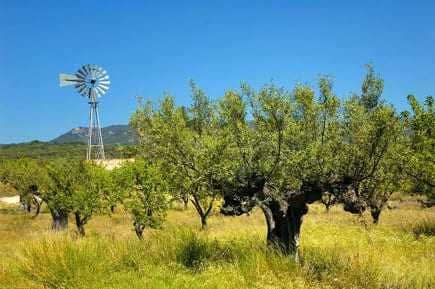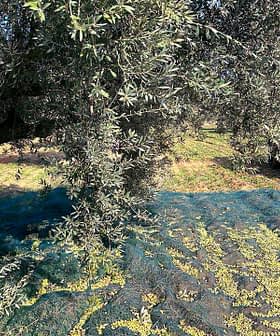
Spain dribbled out less than 49,000 tons of olive oil in February, about a third of its production the same month last year and a fifth of that in the previous three years.
As it nears the end of its worst harvest in a decade, the total production for the five months since October was just 596,000 tons — 62 percent down on the same period last season, according to the latest market report from Spain’s Olive Oil Agency (AAO).
About 3.2 million tons of table olives have been through the mill, with an average yield of 18.26 percent, 2.74 points below last season.
Trade remains depressed, too, with exports down nearly a quarter on the same period last year and domestic sales sliding 17 percent to just 205,700 tons for this October to February.
Exports up by half, stocks down a quarter
Figures for last month are still provisional but show Spain has so far imported 40,400 tons of olive oil, up by half on the same period last season.
Its stocks at the end of February were estimated at 856,300 tons, which is 24 percent less than the average for the last four seasons.
Outlook on prices, next harvest
The Spanish government has been in talks with farmer unions in Spain over their calls for a rescue package for the olive oil sector. Drought and late frost has cut yields drastically this season but low prices saw producers struggle even during the last three bumper harvests.
Farmgate prices have gained more than one euro since a recovery started mid-last year but despite much talk of the inevitability of further rises beyond €3/kg, the POOLred ex-mill reference price at March 26 was €2.83/kg.
Meanwhie, heavy rain this month has increased the occurrence of olive leaf spot, which could reduce olive production next season, warns Nicolás Chica, general secretary of the Granada branch of farmer union UPA.
And in Catalonia there are concerns about the consequences of less aerial spraying for olive fly in the wake of government funding cuts.
Table olives
Since the start of the table olive season in September, 482,310 tons have been harvested, dipping 8 percent on last season.
Both exports and domestic sales have grown, by 12 and 4 percent respectively, and stocks at the end of February stood at 576,640 tons, a fall of 9 percent on last season.








